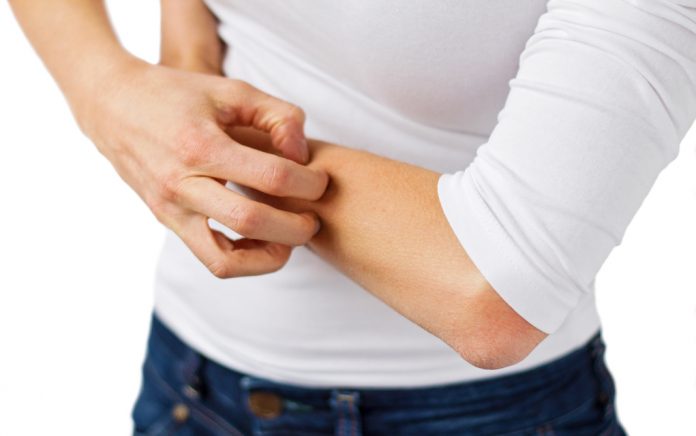
Hives (urticaria) is the name given to a skin eruption characterized by outbreaks of red, itchy, occasionally swollen welts on the skin associated with histamine release. They are most often treated by conventional doctors with antihistamines or corticosteroids. Hives can be the result of anxiety, viral infections, chemical exposure or hidden food allergies.
Food allergies can develop because of heredity or some specific injury to the lining of the gastrointestinal tract. This injury can be caused by non-steroidal inflammatory drugs (NSAIDS), antibiotics, chemicals in food or water, steroids like the birth control pill, and other drugs.
Another possible direct cause of hives is parasitic infection. Yet another possibility is candida (yeast) infection. In many cases of hives, low stomach acidity is present as well. If stomach acidity is adequate, parasites and fungi like candida cannot get past the acid barrier of the stomach and infestation cannot take place.
Natural treatments for hives
If the cause of the hives is unknown, it is harmless to try some natural remedies that reduce inflammation without the deleterious side effects of antihistamines. This can be done while one is being investigated for food and chemical allergies or various infections by a health care practitioner. For most adults this means taking the following nutritional supplements on at least a temporary basis:
• Vitamin C: 1000 mg three times daily and increased daily by 1000 mg until bowel tolerance (loose bowel movements) is reached.
• Quercetin: 1000 mg three times daily. Quercetin is a bioflavonoid that stabilizes the mast cell membrane, where histamine is manufactured.
• Pycnogenol: 300 mg daily until hives are gone, then 150 mg daily thereafter.
Low stomach acidity prevents a person from completely digesting foods, especially the high protein foods. As a result, partially digested foods can get absorbed into the blood, eliciting an allergic/inflammatory reaction. In essence, the food that is partially digested behaves as if it were an allergen that needs to be attacked by the immune system. Even so-called “healthy” foods can turn into allergies when hydrochloric acid is inadequate. Rashes like acne and hives can result.
Once the cause of hives has been established, treatment can be directed at the source of the problem. A health care practitioner should be consulted for testing and treatment tailored to individual needs.
Dr. Zoltan Rona










